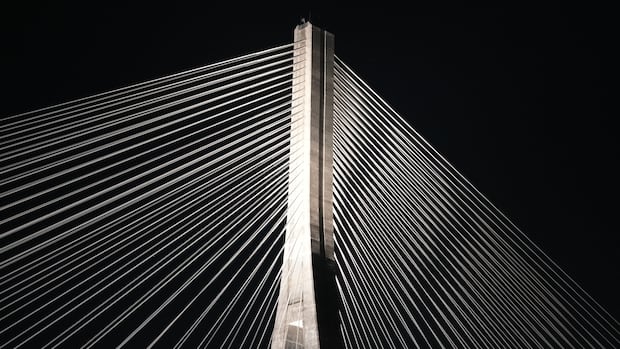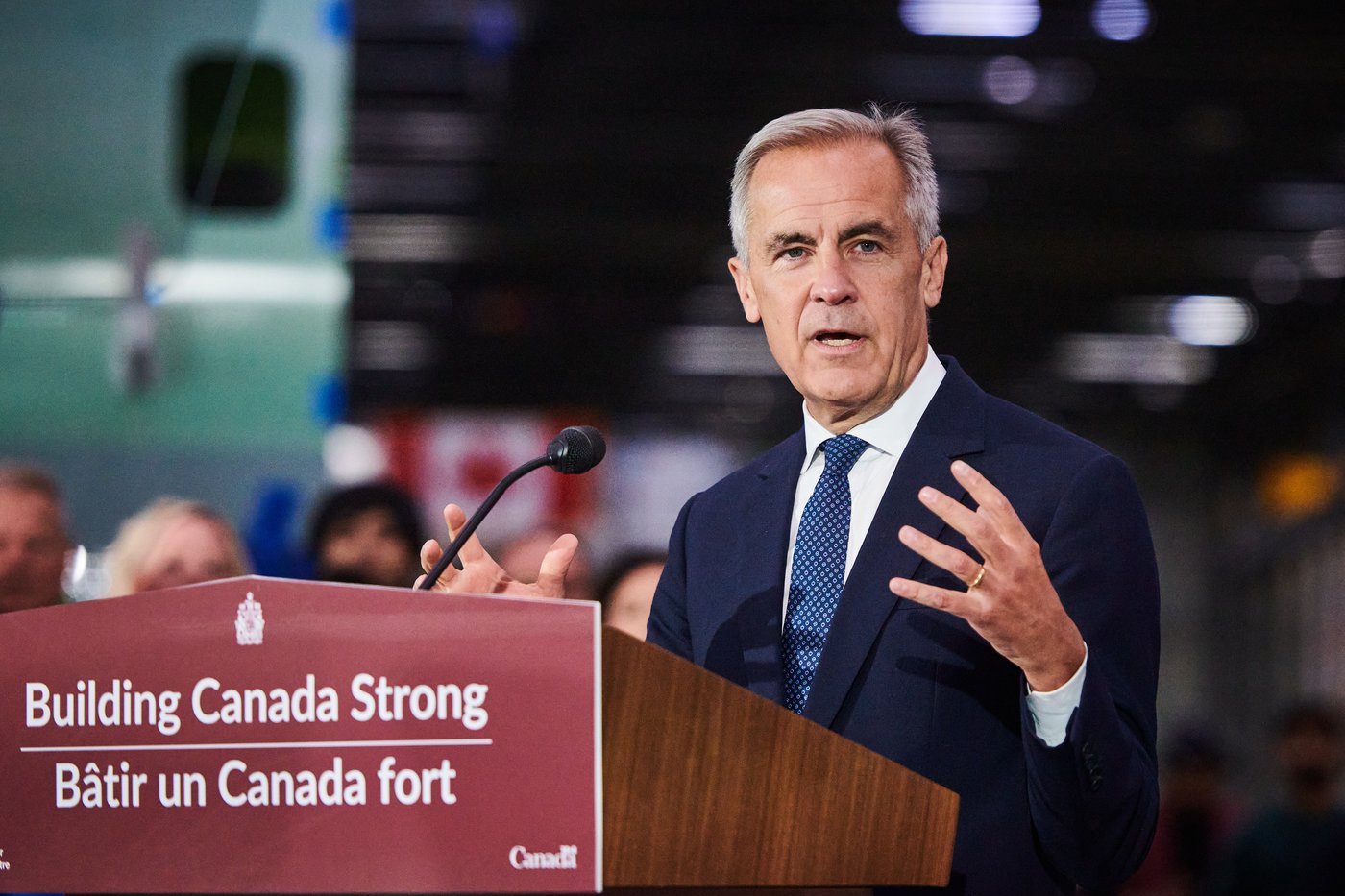‘Large proportion’ of military disliked relaxed rules on personal grooming, survey finds
The Canadian military has tightened up regulations on personal grooming after getting an earful from members who were not happy with the relaxed standards introduced almost two years ago.
The revised rules on hair and beard length come into effect today.
One expert says the newest set of regulations, announced last month, may not entirely quell the social and political debate that has been raging in the ranks since the decades-old grooming standards were dramatically relaxed almost two years ago.
The country’s soon-to-retire top military commander, Gen. Wayne Eyre, has championed the relaxed rules on personal grooming. He said no one should make too much of the revisions.
Those serving in the Canadian Armed Forces (CAF) must now keep their beards to 2.5 centimetres in length and bulk. And hair — for both men and women — must be tied back and away from the face and off the collar. Accessories used to tie hair back must be black, or similar to the CAF member’s hair colour.
In September 2022, the CAF abandoned almost all restrictions on members’ hair length, hair colour, nail length and facial tattoos. The changes were introduced along with new gender-neutral uniforms.
“This has made some profoundly uncomfortable. You know, based on the generation they come from,” Eyre said in a recent interview on CBC’s Rosemary Barton Live.
“A newer generation is completely at ease with [this], and so we are treading a bit into the unknown here. And we have to be willing to experiment. If it doesn’t work well, we adjust.”
Backlash linked to ‘lower confidence in leadership’
The changes triggered a backlash both inside and outside the military from critics who said they permitted a degree of scruff and untidiness that compromised the effectiveness and morale of the Canadian Armed Forces.
The depth of that backlash was made clear in an internal Department of National Defence (DND) study obtained by CBC News. The study surveyed members’ attitudes toward the looser grooming standards.
“A large proportion of the CAF population does not agree with the changes to the CAF dress policy, despite chain of command and peer support, and this lack of agreement is associated with lower confidence in leadership,” said the survey, dated March 15, 2024. The survey was conducted between November 2023 and last January.

Most (44.2 per cent) of the CAF members surveyed disagreed with the suggestion that the new regulations were good for the military, while roughly one third (33.4 per cent) were in favour.
Members were asked if they felt the relaxed grooming rules reinforced the identity the military wanted to project — 54 per cent said “no.”
Most of the resistance to the new rules came from one branch of the Forces.
The army pushes back
“A greater proportion of members wearing the Army uniform do not believe the policy changes are good for the CAF,” said the survey, which also found the relaxed rules were more widely embraced in the navy and, to a lesser extent, the air force.
The survey said some of the loudest complaints came from non-commissioned members — those responsible for the day-to-day enforcement of rules.
But a “larger proportion of members who identified with a minority sexual orientation (68 per cent)” said the changes were beneficial and made them proud to serve, said the survey.
The survey also found that “members who identify as a visible minority are more likely to endorse the intrinsic benefits of the changes.”
In a statement, the Department of National Defence (DND) downplayed the significance of the revisions that came into effect today. The department said that while dress instructions are reviewed continually, the feedback from the survey was “one element of the reasoning behind these updates.”
Charlotte Duval-Lantoine, a defence researcher specializing in social issues in the military, said there’s no doubt the relaxed standards divided military members.
“There has been a lot of noise around what those dress regulations are doing,” said Duval-Lantoine, of the Canadian Global Affairs Institute. “I’m not surprised seeing this. We know that demographically, most service members are [small-c] conservatives.”
She said it’s important to look at the context of the time when the rules were loosened up. In September 2022, she said, the military’s sexual misconduct crisis was at its height — which contributed to a sense of cynicism in the ranks.
“When you see a dress, dress regulation, changes of that scale happening at the time that it happened, it’s hard not to believe that this happened because of the political and social context outside of the military,” she said.
The suspicion that the relaxed rules were part of some kind of social policy agenda erupted in the veterans community in the fall of 2022, when retired lieutenant-general Michel Maisonneuve took aim at the changes when accepting the Conference of Defence Associations Institute’s Vimy Award.
“I see a military … where uniforms have become a means of personal expression rather than a symbol of collective pride and unity. Uniforms are no longer uniform,” Maisonneuve told the audience of serving and retired defence officials, who responded to his speech with a standing ovation.
Another former senior officer, who was around the table at Military Personnel Command when the changes were first proposed in 2016, rejected the suggestion that the changes were a response to social justice trends.

Retired brigadier-general Scott Clancy said the revisions started out as a thoughtful exercise on how to best reflect the changing face of Canadian society — something he conceded the military still struggles with.
“The Canadian Forces is still getting a sense of who it is, culturally,” said Clancy, a former air force officer. He acknowledged the army raised loud objections to the changes six years ago.
“In the midst of this, the demographics of the people, especially in the Canadian Army — predominantly male — you can make the case that they have not undergone that cultural change.”
Making the case within the CAF that individual performance matters more than deportment has been tough, he said — especially in the army, which has fewer yardsticks with which to evaluate soldiers than the more specialized sections of the military.
“I’m a pilot. I didn’t care whether people had coloured fingernails with different coloured hair,” Clancy said. “I really cared that they were excellent technicians and could do their job.”
The internal survey shows military members are equally divided on that point and recommends further study because internal disagreements over so-called operational effectiveness “suggest possible unintended consequences” for the Forces’ combat readiness.



